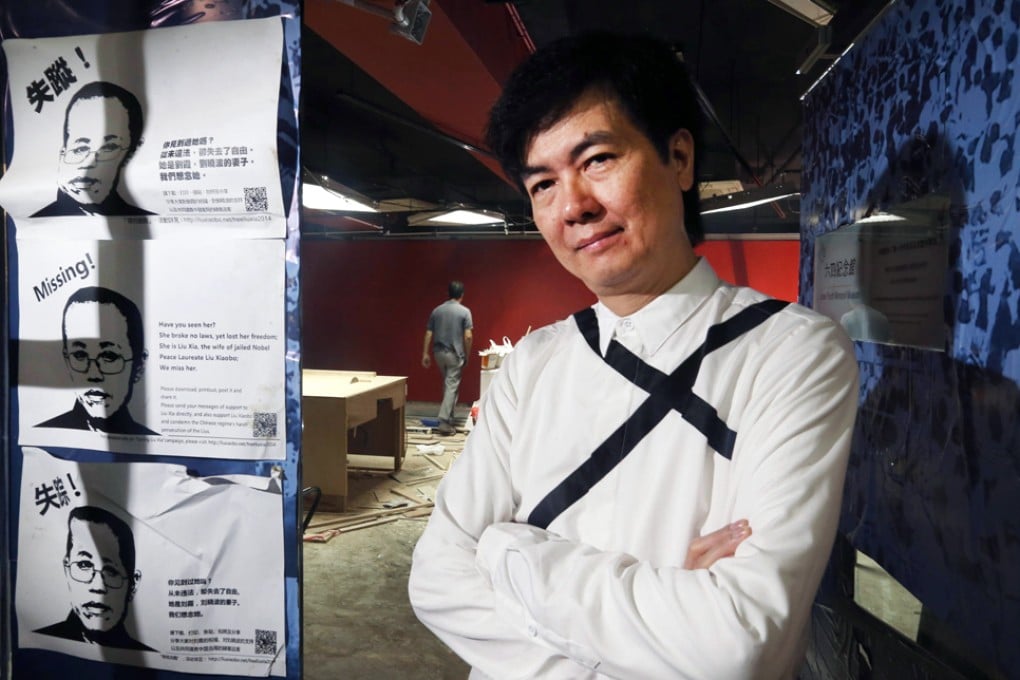June 4 museum: 800 sq ft and a plan to 'change society'
June 4 memorial exhibition may be small, but with its novel design and activist spirit, it hopes history can vindicate Tiananmen Square students

It may be one of the smallest museums around, but the curator of the world's first June 4 memorial exhibition is confident it can have an impact far beyond its modest 800 sq ft when it opens later this month.
Andrew Lam Hon-kin says the plan is to open the museum on April 20, despite legal objections from the owners of other units in Tsim Sha Tsui's Foo Hoo Centre, who say the space can be used only for offices under the building's deeds. Some expressed concern about large numbers of visitors; one expressed political concerns about a museum dedicated to the bloody crackdown on student protesters in Tiananmen Square.
Squeezing a museum into such a tight space proved tough, Lam said, so organisers adopted a novel design to make maximum use of the floor area.
Visitors enter the museum, on the fifth floor of the Austin Avenue building, through a maze, showing the timeline of the student protest for democracy that was stamped out on June 4, 1989. Visitors then enter a grass-covered central area, modelled on Tiananmen as it was back then. The area is surrounded by twisted maps of Beijing's roads showing 200 locations where students were killed. An inverted model of the square hangs from the roof.
"The reversed and unstable design represents how the reality of the June 4 incident was distorted by the Chinese government, and that the student movement should be vindicated," Lam said, adding that the floor was intended as a "civic space" for debate.
"We would like to extend the discussion about the country's development from 1989 to today," he said.
Exhibits will be in Chinese, with organisers offering a pamphlet in English to explain them.
